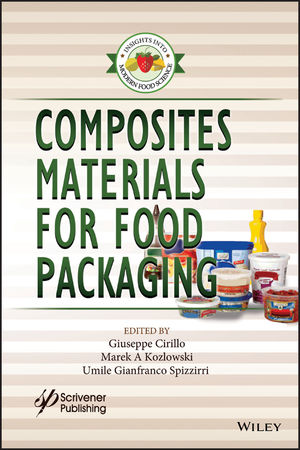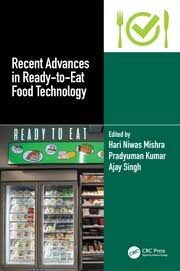Food Packaging
Chobani's flip packaging required specialized design
PakPot-designed package offers ease of use

Chobani’s “flip” line of yogurt uses an innovative, one-piece package to allow consumers to combine dry mix-ins with Greek yogurt.
When Chobani was looking for a way to produce its Greek yogurt with a dry mix-in, it faced the complex challenge of getting both parts into a package that was a single product, yet kept both ingredients separate.
In collaboration with Australian injection molder PakPot, the company was able to find a solution. But it wasn’t easy. Chobani wanted a distinct package that would set the product apart and allow consumers to easily combine the ingredients without having to take the package apart and pour the mix into the yogurt.
“We needed smart packaging with two compartments, so that the consumer could combine the ingredients for consumption by ‘flipping’ the container,” says John Williams, new product development manager, Chobani.
Yogurt products with two compartments have been around for years, but they have traditionally been a yogurt container and a dry mix container with separate seals. The two compartments are packaged together with a wraparound label. To combine the two ingredients, consumers have to separate the two pieces of the package, open both seals, and then pour the dry mix into the yogurt.
Instead of this process, Chobani wanted a distinctive look and ease of combination. The Chobani package label covers both compartments, and when it is removed, the consumer can bend the dry mix compartment along the seam to pour the ingredients into the yogurt.
Finding that solution required a unique design that took about 12 months to go from idea to finished product, including extensive testing. PakPot designed a twin injected polypropylene tub with a live hinge, allowing customers to remove the label and combine the ingredients by flipping the dry mix compartment along the hinge to add the dry mix to the yogurt.
The package design required a y-shaped in-mold labeling (IML) label, with the legally required information on the bottom and the sides and top used for marketing and branding. The double injection process required to create the packaging creates a cold weld stress joint, and that stress joint had to be somewhere other than the live hinge of the packaging. Ensuring the stress joint would end up somewhere else required careful analysis of the polymer flow, which added time and cost to the creation of the package.
In conjunction with Verstraete IML, PakPot developed a y-shaped IML with a central drill hole, which allows the molder to inject into the center section of the package without obstructing a substrate. That allows for strong, flexible packaging that doesn’t produce a lot of waste during the process.
“During the in-mold labeling process, packaging is produced and decorated in a single step,” says Chobani’s Williams. “So, there is no need to store blank packaging, thereby eliminating both storage and transport costs.”
For more information, visit www.chobani.com
Looking for a reprint of this article?
From high-res PDFs to custom plaques, order your copy today!









